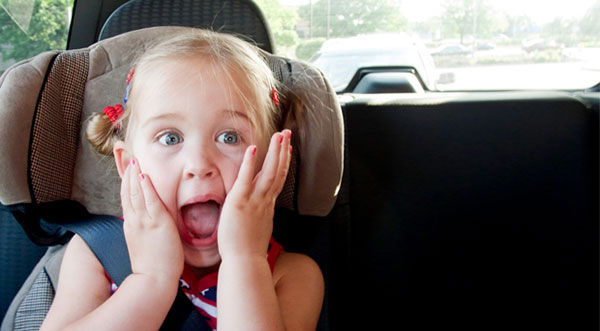Do you remember what it was like to sit in a car seat? Probably not since you were only a baby. Maybe you remember being in a booster seat. That could of only been four or five years ago. It’s not enough to know how to properly install a car seat if you’re transporting young passengers. You should also know if you have them in #TheRightSeat.
Car seats, booster seats, and seat belts are often used incorrectly and every 33 seconds in 2014, one child under 13 was involved in a crash. Motor vehicle crashes are a leading killer of children, and the latest research from the U.S. Department of Transportation’s National Highway Traffic Safety Administration shows that 59 percent of car seats are misused.
So we’re coming at you with Child Passenger Safety Tips for the next time you have a little one in the car.
Little people should remain in a booster seat until he or she is big enough to fit in a seat belt properly. Here is a chart that helps you determine the right seat for your young passenger, BUT age isn’t the only factor.
Encourage parents and family members to attend a seat check Saturday happening all over the country during the week of Child Passenger Safety Week, September 18-24, 2016. Visit, SafeKids Worldwide to find an event in your area.
TDS Teams – Download these resources and educate your peers on the safe way to transport young kids in their cars.
Facts and Talking Points | Choose the Right Seat Infographic | Other Posters for Download
